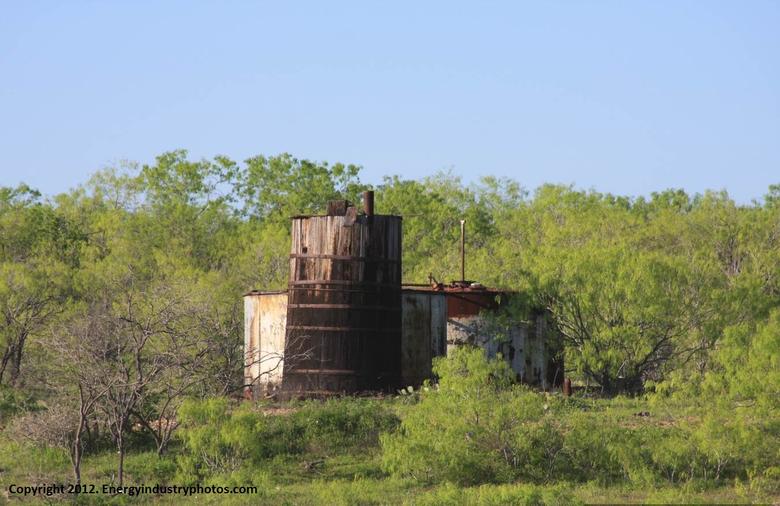
LOW OIL PRICES: $1.5 TN

Plunging oil prices have rendered more than a trillion dollars of future spending on energy projects uneconomic, according to a study that suggests that the impact on industry operators is worsening.
A report published Monday says $1.5tn of potential investment globally — including in North America's shale-producing heartlands — is "out of the money" at current oil prices close to $50 a barrel and unlikely to go ahead.
Industry operators expect capital spending on new projects to decline by between 20 and 30 per cent on average in the wake of the price slide, says Wood Mackenzie, the energy consultancy. It calculates that $220bn of investment has been cut so far, about $20bn more than it estimated two months ago and much of it the result of projects being deferred. Such a decline in spending means that the price crash since last summer — the result of weaker Chinese demand, record US production and Saudi Arabia's decision not to cut output — could resemble the savage downturn of the mid-1980s.
After a brief recovery in the spring, oil prices spiralled lower in July. Brent crude — the global benchmark — fell to its lowest point in more than six years during August's wider market turmoil. It now stands at $47.47 a barrel, down from $115 in June last year.
Just half a dozen new projects will be approved this year, says the Wood Mac report, and 10 or 11 in 2016, compared with an annual average of 50 to 60.
Onshore US producers, including the "fracking" industry, which has unlocked previously hard-to-access reserves, have reacted fastest to the market collapse. "Deep cuts" in North America account for more than half of a 45 per cent fall in capital spending across the Americas.
"The flexibility to rapidly dial back investment in unconventionals at low prices has provided a competitive advantage for the US independents with the bigger positions," the study says.
"Majors and international players lack exposure to this flexible investment."
Among the hardest hit companies will be oilfield service suppliers, the contractors which provide thousands of workers and equipment such as drilling rigs to the majors. "This will have a massive impact on the service sector."
As the big oil and gas groups seek to drive down costs, and after years in which salaries soared and the prices of rigs and other infrastructure ballooned, they are now demanding savings.
Order books for service groups have suffered a "steep decline" from the last quarter of 2014, the backlog of business now running to just two or three quarters. The supply chain could provide about half the expected savings for new projects.
However, a prolonged period of low oil prices over a number of years is likely to be needed to bring about more profound changes to industry costs, the report argues. Despite comparisons with the 1980s, Wood Mac believes that such a deeper, structural shift is unlikely.
"In our view oil prices will rise sharply from 2017, and there is a real risk that cost inflation pressures will then return," it says.
-----
More:





